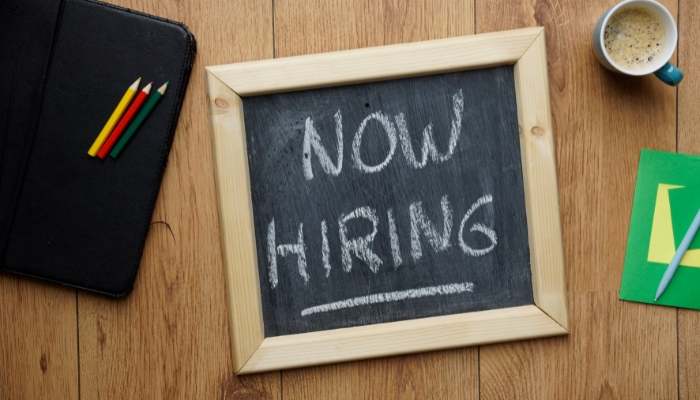Economy: Strong Position Defies High Interest Rates
Anúncios
As the Federal Reserve embarks on its March policy-making meeting, the U.S. economy continues to stand firm despite interest rates reaching a 23-year peak. This phenomenon has confounded economists who traditionally link rate hikes to increased recession risk.
Interest Rates at 23-Year High
The Federal Reserve’s decision to raise interest rates to combat high inflation has pushed borrowing costs to levels not seen in over two decades. While such a move typically signals a tightening of monetary policy aimed at cooling down an overheated economy, the current economic landscape tells a different story. Unemployment remains low, stocks are soaring to record highs, and recessionary indicators are notably absent. This departure from the norm has left economists scratching their heads and reevaluating their understanding of the relationship between interest rates and economic performance.

[su_button url=”https://www.growcredit.com/” style=”flat” background=”#ff9900″ size=”15″ icon=”icon: credit-card-alt”]DISCOVER THE GROW CREDIT MASTERCARD[/su_button]
Traditionally, when the Federal Reserve raises interest rates, it aims to slow down economic growth to prevent inflation from spiraling out of control. Higher borrowing costs discourage consumers and businesses from spending and investing, which can lead to a slowdown in economic activity. Eventually, this slowdown may culminate in a recession as demand weakens, leading to layoffs and further dampening economic growth.
Mortgage Rates: The Golden Handcuffs
One factor underpinning the economy’s resilience is the “golden handcuffs” effect of low mortgage rates. Homeowners who secured mortgages at historic lows during the pandemic are reluctant to trade them for higher rates. This trend has decoupled the usual correlation between Fed rate hikes and economic downturns, providing stability amidst tightening monetary policy.
During the early days of the Covid-19 pandemic, the Federal Reserve dramatically cut interest rates to bolster the economy and encourage borrowing. As a result, mortgage rates also plummeted, prompting a surge in homebuying activity. Many homeowners took advantage of these ultra-low rates to refinance their mortgages or purchase new homes. However, even as the economy rebounded and the Fed began to raise rates, mortgage rates remained relatively low compared to historical averages.
For homeowners who locked in favorable mortgage rates, the prospect of higher borrowing costs is unappealing. Even as the Fed raises rates, these homeowners are insulated from the impact, as they continue to enjoy the benefits of low mortgage payments. This phenomenon has effectively shielded a significant portion of the population from the adverse effects of rising interest rates, contributing to the economy’s resilience.
Robust Household Finances
The robustness of household finances has also shielded the economy from the adverse effects of high interest rates. Thanks to pandemic-related stimulus and a red-hot job market, consumers bolstered their savings and strengthened their balance sheets. As a result, Americans are well-positioned to weather the impact of rising borrowing costs.
The influx of stimulus payments and enhanced unemployment benefits provided much-needed relief to households struggling with the economic fallout of the pandemic. Additionally, the rapid recovery of the job market led to a surge in wage growth, further bolstering consumers’ financial stability. With higher incomes and ample savings, consumers have been able to maintain their spending levels despite the headwinds posed by higher interest rates.
Furthermore, the rising value of assets, such as homes and stocks, has bolstered household wealth, providing a buffer against the negative effects of higher borrowing costs. As a result, consumers are less sensitive to changes in interest rates, reducing the likelihood of a sharp downturn in economic activity.

Fed’s Dilemma
Despite the Federal Reserve’s intention to curb inflation through rate hikes, the economy has defied expectations, remaining resilient. The upcoming Fed meeting will be closely watched for clues on future rate adjustments, as economists grapple with the puzzle of a strong economy in the face of high interest rates. While the Fed may continue to raise rates in its efforts to tame inflation, the unexpected strength of the economy suggests that traditional economic models may need to be reevaluated. As policymakers navigate this uncharted territory, the challenge lies in striking the right balance between addressing inflationary pressures and supporting continued economic growth.
See also: Ireland’s Economic Renaissance
[su_button url=”https://www.growcredit.com/” style=”flat” background=”#ff9900″ size=”15″ icon=”icon: credit-card-alt”]DISCOVER THE GROW CREDIT MASTERCARD[/su_button]





